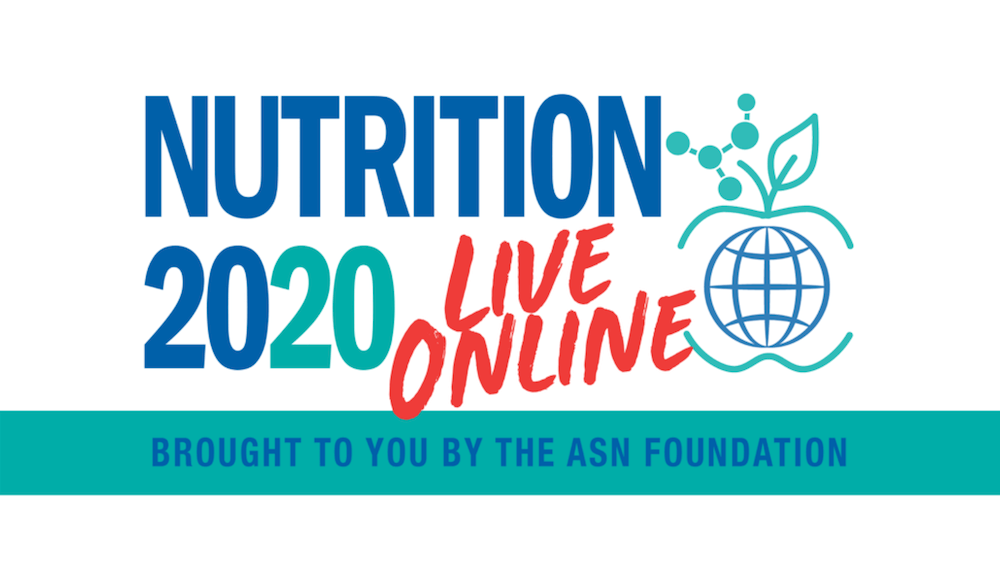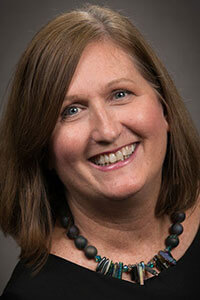
Complimentary registration for the American Society for Nutrition’s first virtual event contributed to its explosive attendee levels — which society thinks will reap dividends for its future events.
When the American Society for Nutrition (ASN) decided to switch its live meeting scheduled to take place in late May in Seattle to an all-virtual meeting just 60 days before the meeting, the team of 10 organizing the event didn’t know what to expect when planning for a digital platform.
“We had no idea what we were doing,” Mary Pat Cornett, CAE, CMP, chief strategy and operations officer for ASN, told Convene. “We had a meeting before the [final] decision, and when I look back at those notes, they’re the most comical, because they evidence how little we knew.”

Mary Pat Cornett
The originally scheduled three-and-a-half-day meeting typically draws around 3,500 attendees, including scientific researchers, practitioners, global and public health professionals, policy makers, and anyone interested in the science and practice of nutrition. Without any idea of how interested attendees would be in an all-virtual meeting, the team made a few key decisions early on: The program would be free to attend, have fewer concurrent sessions — just two at a time instead of the typical 13 — and take up fewer hours during the day.
“We didn’t want to split the audience too much,” Cornett explained. “We didn’t know how many people would actually want to participate. … The content that we thought had the widest appeal was what we went with.”
The team also decided the event would not be billed as a replacement for the live event, but instead an entirely new event — Nutrition 2020 Live Online, a mix of live and pre-recorded content, held just a few days after the originally scheduled event, on June 1–4. The event was presented using a mix of online platforms — CadmiumCD was used for the launch page, mobile app, abstracts, e-posters, and virtual expo; Capital Reach was used for live and on-demand content; and Zoom was used for networking activities. All content from the show was available for 30 days on demand, and is now available for ASN members only.
“Instead of trying to make sure that everybody had the exact same experience, we just kept saying, ‘We know you can’t wait until you can be together again in person,’” Cornett said. “We’ve all heard a lot of talk about how do you really bring in the in-person engagement and the connection with a virtual event. We did a little bit, but we decided not to obsess about that because instead we just kept reinforcing the value of that at the in-person event.”
Many of the speakers and session ideas with wide appeal remained the same for the virtual event, and the team added some topical special-interest sessions, such as “Nutrition in a Pandemic” — which Cornett said proved to be very popular — and a presentation by Francis Collins, M.D., director of the National Institutes of Health.
Collins’ speech was one of the most widely attended presentations, Cornett said, because “among the scientific crowd he is a celebrity. You always invite different dignitaries, but I honestly think it might have been in part due to the large audience that he accepted our invitation to speak for the virtual event.”
30,000 Strong
The large audience that may have enticed Collins wasn’t ASN’s typical 3,500, or even the association’s 7,000 members. Virtually, attendance rose to approximately 30,000 attendees over the course of the event. While this number far surpassed ASN’s expectations, it confirmed a fact Cornett had long suspected — that ASN has had a wider audience it could tap into.
In 2018, ASN launched a reimagined face-to-face annual meeting with the purpose of doing just that. While it was growing as an in-person event, “it was a much slower growth,” Cornett said. While Cornett doesn’t expect 30,000 attendees to show up at next year’s in-person event scheduled to take place in Boston, July 11–13, she said does think “we have a good chance to continue to serve some of these new people that we’ve reached.”
“Like everybody else, we’ve always known we should do something virtual, and we’ve dabbled in it,” Cornett said. “But pretty early into the planning, we realized there’s no going back from [going virtual]. As much as we love the live [events] and the wonderful benefits that come from that in-person experience, there are completely different benefits to the virtual. I really now firmly believe they don’t conflict with each other — they actually really complement each other.”
This newly discovered audience has inspired Cornett and her team to conceptualize targeted, virtual extensions of their annual event. For example, the event drew approximately 7,000 registered dieticians who were new to ASN.
“They might not want the exact same program that we would be doing live,” Cornett said, “so maybe the virtual event for them next year would be really focused — almost curating specific aspects of the event for specific audiences and doing multiple virtual events.”
Cornett acknowledges the event’s success was due in large part to the fact that it was free, but she thinks the complimentary registration enabled the organization to cultivate a larger audience base that may be willing to pay for future virtual offerings.
“I think that created this amazing goodwill,” she said. “People shared it with other people, because they were like, ‘Look at what they’re doing. They’re giving this for free.’ The goodwill just brought more and more goodwill. To me the biggest learning out of this whole thing is that there is absolutely a value to free and for us, this is a game-changer for our organization. … Now people in our nutrition space have great confidence in us, and if we offer something now that’s virtual, they’re going to feel good about it.”
Casey Gale is an associate editor at Convene.
